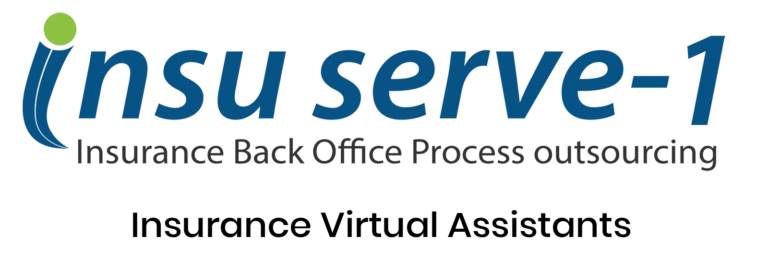Remote working has become ubiquitous in today’s professional landscape, with many agencies adopting flexible work arrangements. While remote work offers numerous advantages, it also presents significant cybersecurity risks that individuals and businesses must address. Here are five cyber risks associated with remote working.
Insecure Network Connections
One of the most prominent risks of remote working is using insecure network connections. Remote employees often connect to public Wi-Fi networks at cafes, airports, or hotels, which can be prime hunting grounds for cyber criminals. These unsecured networks can be easily exploited, allowing hackers to intercept data transmitted between the remote worker’s device and the company’s network.
Employees should use Virtual Private Networks (VPNs) to encrypt their internet connections and protect sensitive data to mitigate this risk.
Phishing Attacks
Phishing attacks are a persistent threat to remote workers. Cybercriminals use deceptive emails or messages to trick employees into revealing sensitive information or downloading malware onto their devices. Remote workers may be more susceptible to these attacks due to the absence of in-person IT support and immediate assistance.
Organizations should provide regular cybersecurity training to remote employees to counter phishing risks, teaching them how to recognize phishing attempts and respond appropriately. Implementing email filtering and authentication measures can also help prevent phishing emails from reaching employees’ inboxes.
Endpoint Vulnerabilities
Remote workers’ devices, such as laptops and smartphones, can be more vulnerable to cyberattacks than those within a controlled office environment. Devices may lack up-to-date security patches, antivirus software, or firewalls, making them easy targets for cybercriminals.
Companies should enforce strict endpoint security policies to address this risk, ensuring that all remote devices meet specific security requirements. Remote workers should be educated about the importance of keeping their devices and software up to date and regularly scanning for malware.
Data Leakage and Insider Threats
Employees who work remotely may inadvertently or intentionally expose sensitive company information to unauthorized individuals. This can happen through insecure file sharing, weak access controls, or the use of personal devices for work purposes.
Organizations should implement robust access controls, data encryption, and data loss prevention (DLP) solutions to prevent data leakage and insider threats. Employees should know data security policies and the potential consequences of mishandling sensitive information.
Lack of Secure Backup and Recovery
Remote workers may not always have access to secure backup and recovery solutions, making data loss a significant risk. Data can be lost or compromised due to hardware failure, ransomware attacks, or accidental deletions without proper backup mechanisms.
To mitigate this risk, organizations should implement secure and automated backup solutions that regularly back up remote workers’ data. Testing and verifying the effectiveness of these backups is equally important to ensure quick recovery in case of data loss or cyberattacks.
While remote working offers numerous advantages, it also poses significant cybersecurity risks. To navigate these risks successfully, organizations must invest in cybersecurity education, enforce security policies, provide secure network access, and implement data protection measures. By addressing these challenges proactively, remote workers can enjoy the benefits of flexible work arrangements without compromising the security of their organization’s sensitive information.






























